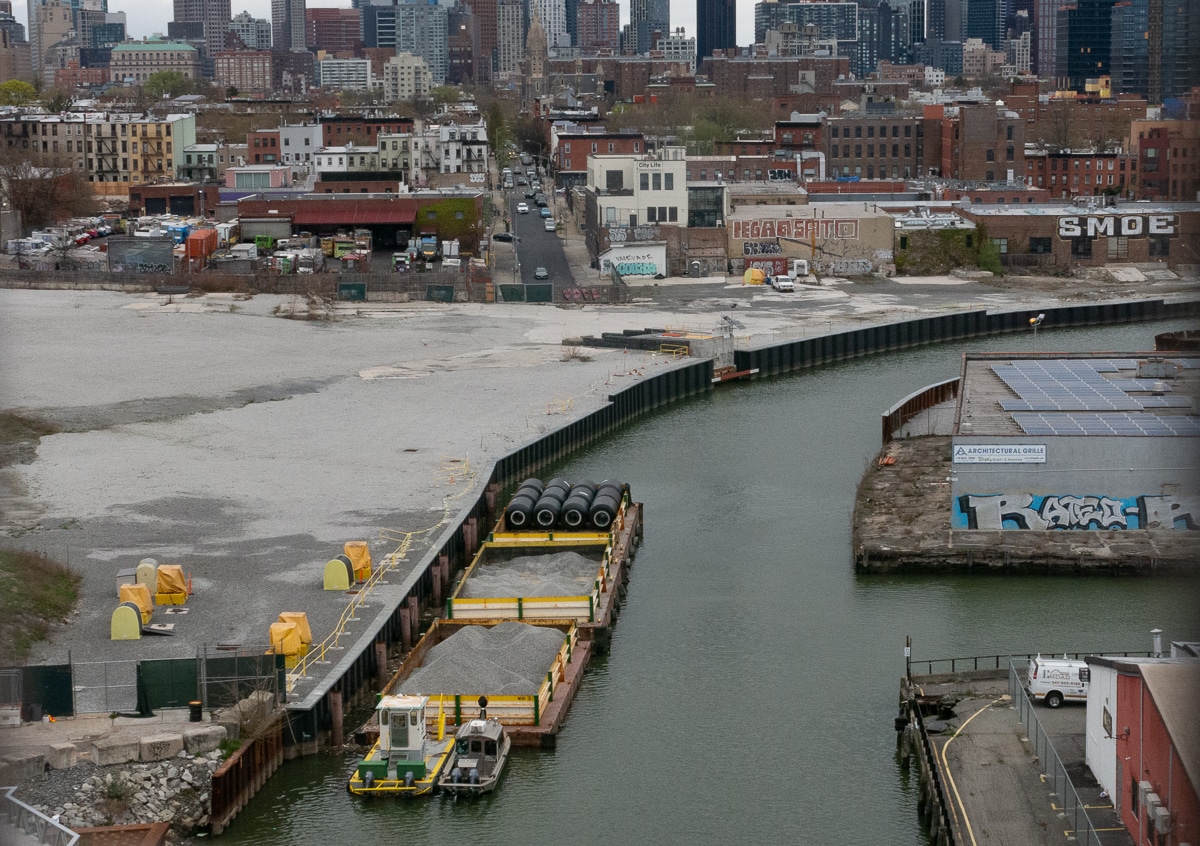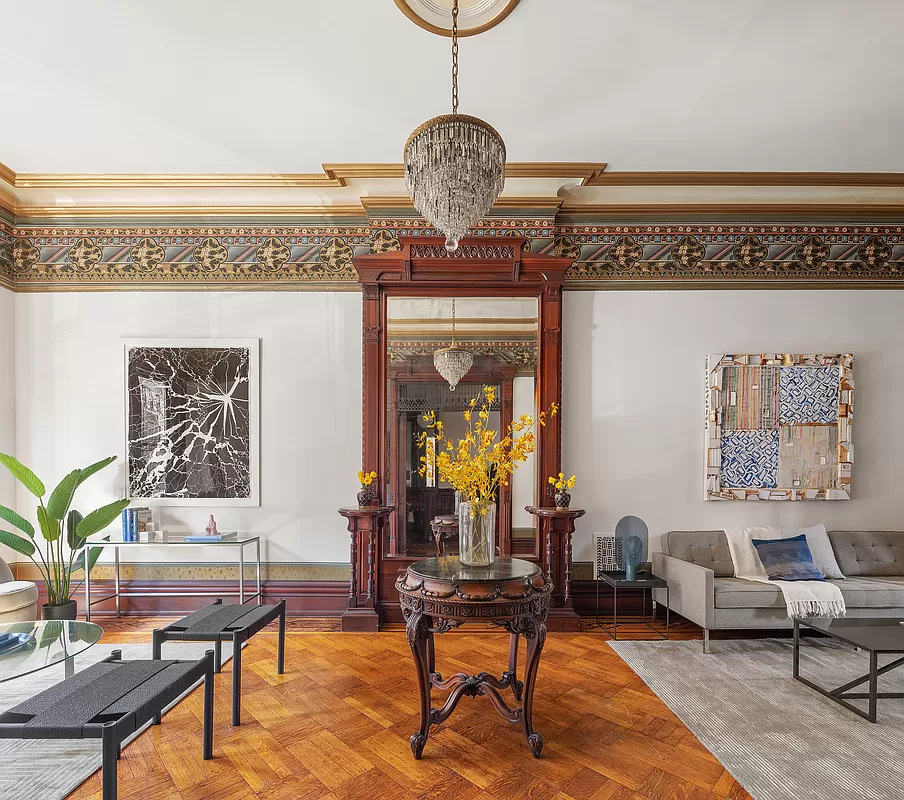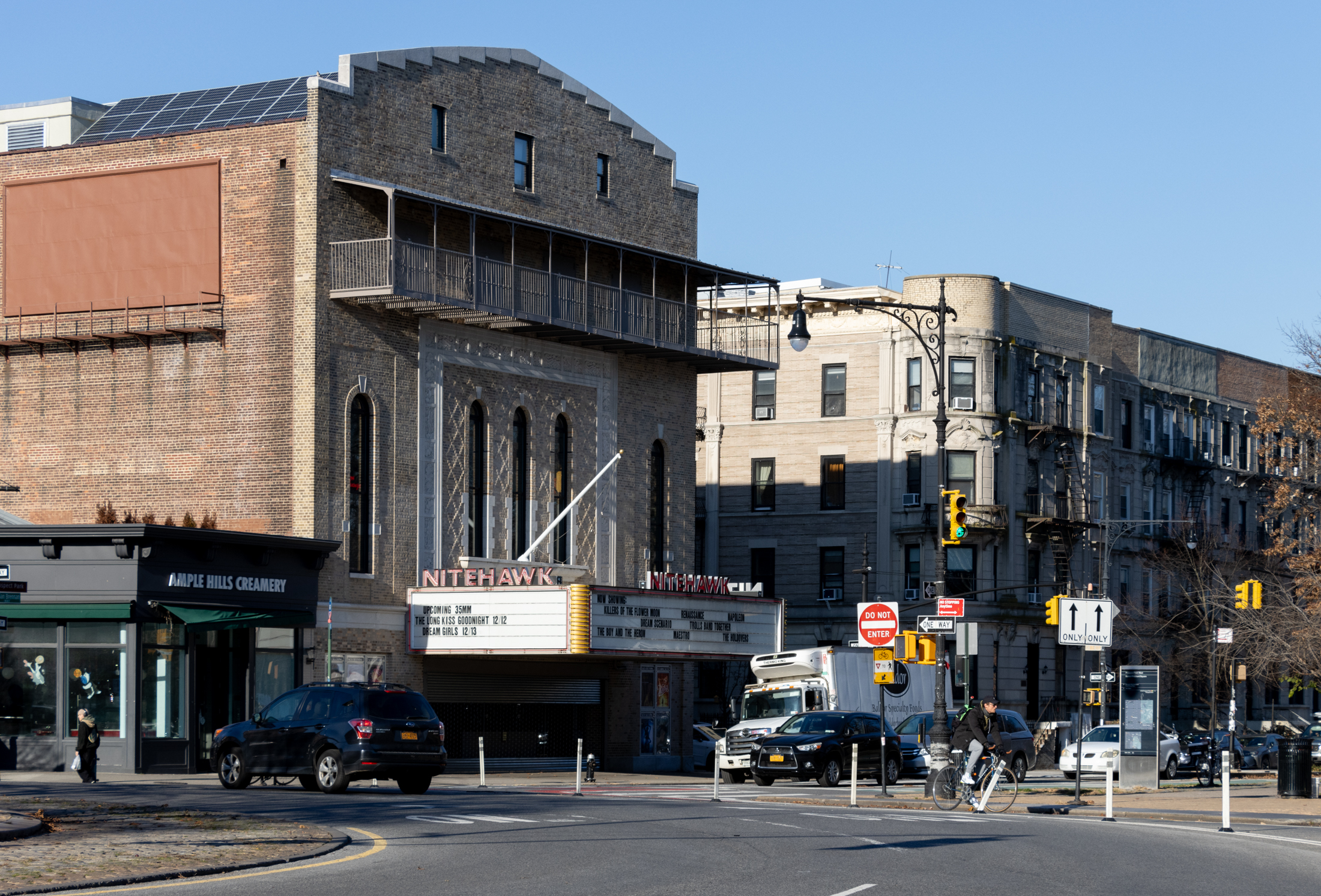Building of the Day: 466-478 3rd Street
Brooklyn, one building at a time. Name: Flats buildings Address: 466-478 3rd Street Cross Streets: 6th and 7th Avenues Neighborhood: Park Slope Year Built: 1904 Architectural Style: Renaissance Revival Architect: Thomas Bennett Other Work by Architect: Flats and row houses in Park Slope and other parts of Brooklyn. He left Brooklyn for a career in…

Brooklyn, one building at a time.
Name: Flats buildings
Address: 466-478 3rd Street
Cross Streets: 6th and 7th Avenues
Neighborhood: Park Slope
Year Built: 1904
Architectural Style: Renaissance Revival
Architect: Thomas Bennett
Other Work by Architect: Flats and row houses in Park Slope and other parts of Brooklyn. He left Brooklyn for a career in Philadelphia with buildings in Germantown, and he also built theaters.
Landmarked: No, but should be.
The story: Developer and builder Louis Bonert, (often spelled Bonnert) had a plan, and in fulfilling that plan he became one of the most influential shapers of Park Slope. Bonert built houses and flats buildings in the Slope. You can’t walk 7th Avenue, 6th Avenue, 3rd Street and other nearby side streets without passing his buildings. Not only are there a lot of them, but they are all really good. He is one of the reasons that walking around Park Slope is so enjoyable. The man took pride in his work.
He was also a deal maker. The largest landowner in Park Slope was Edwin Litchfield, of Litchfield Villa, perched high on Prospect Park. Litchfield, a railroad and real estate mogul, owned most of the land that comprises Park Slope, all the way to the Gowanus Canal. It was no accident that 3rd Street became a very wide and gracious street, as the Slope developed; it was the Litchfield driveway, down which he traveled to work.
Edwin Litchfield died in 1885 and the family began selling off land. Bonert purchased many parcels, including the entire block of 3rd Street between 6th and 7th Avenues. By this time, in the last decades of the 19th century, Bonert could see that upscale flats buildings would give him a higher return on his investment. They could hold at least eight families, and if he built them wide and well, could command a high rent roll, and if he chose to sell them, turn a tidy profit.
Bonert hired some of the better architects working in Brooklyn and New York City to design his buildings. The entire block is taken up by flats buildings by several different architects, but it’s the middle of this block that is the stunner. Facing each other on both sides of the street are two groups of flats buildings, all a generous width, at least 38 feet. Seven are on one side, eight on the other. All of the buildings are white limestone, four stories tall, with two wide apartments on each floor.
At first glance they all seem the same, but they are not. Bonert built two facing pairs of four in 1903 and the remainder a year later, in 1904. He used two different architects as well. The firm of Pohlman & Patrick designed the first group, and he had Thomas Bennett, an architect he had used before, design the second group. We don’t know why Pohlman & Patrick didn’t design all of them, but whether ordered to, or by his own impulse, Bennett did not stray far from the other firm’s basic design. The result is an extremely pleasing streetscape unique to the Slope and to the city. The block has a very European feel, with the elegant limestone buildings stretching down the block.
A close look at the work of the two architects shows distinct differences, but Bennett made his buildings complement their neighbors well. Bennett’s buildings have one less hall window in the center, and all have a classically inspired entryway, with prominent columns topped by a triangular pediment. The Pohlman & Patrick doorways do not have the pediment, and have that extra window: small differences in an overall extremely elegant group.
Bonert didn’t hold onto these buildings for long; he sold most of them in 1905. That year he sold 31 flats buildings in one large deal including this group, other buildings on this block and a grouping of flats buildings he had built around the corner on 4th Street. The sale price for all of them was $750,000. At the time it was the largest real estate transaction in Brooklyn. Ironically, you couldn’t buy one apartment in any of them for that amount today. GMAP
(Thank you to Save the Slope, without whom we’d have no information on Louis Bonert, at all, not to mention the rest of unlandmarked Park Slope.)












What's Your Take? Leave a Comment